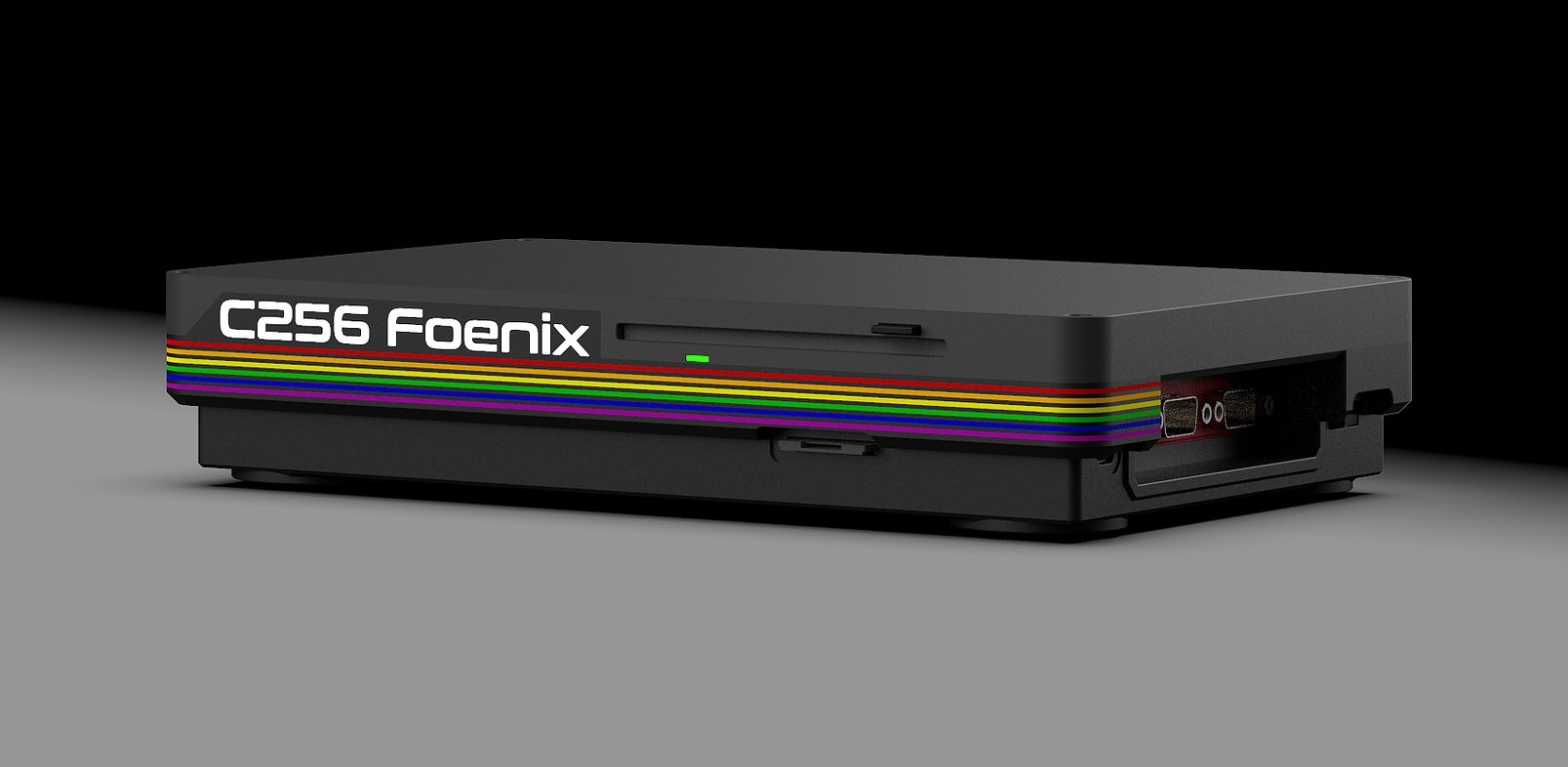
Commodore made the world's most successful 8-bit personal computer, the C64, and its most iconic 16-bit one, the Commodore Amiga. But the latter was a weird, complicated, two-faced beast, dooming a badly-managed company to a dead end of its own making. What if it had instead made a simple but powerful monster machine more like its earler models? Meet the C256.
Stefany Allaire is building the Commodore 256, what she believes should have been the successor to the Commodore 64 and 128, the best-selling computer line in history. Stefany – who has designed hardware for $60 billion companies, startups, and everything in between – also shared insights into her design process, including the PCB design tools she uses, and how she integrates electronics and mechanical design.
It has a 65C816 Western Digital CPU, 256 colors and up to a megabyte of RAM. And SID chips, supply permitting. The project's homepage is c256foenix.com.
I believe that restriction is the mother of creativity, so I’m trying to restrict myself to keep it limited to what would have been available back then.
Commodore did attempt something vaguely similar to this, the Commodore 65, but they waited until the 1990s, pitching it as budget upgrade for C64 users, and it was so obviously late to the party it never got past prototyping. A more relevant comparison might be the Sinclair QL, a poor mangled beast (albeit a 16-bit one) rushed out in 1984 to beat Apple, Atari and Commodore to the shelf.
There was a "lost world" that slipped away between the 8 and 16-bit eras, where the approachability and simplicity of programming computers evaporated. Working with a perfectly advanced 8-bit machine has a powerful, nostalgic appeal to software writers (see Pico-8) but creating the perfectly basic 16-bit seems to be the hardware hacker's holy grail.


